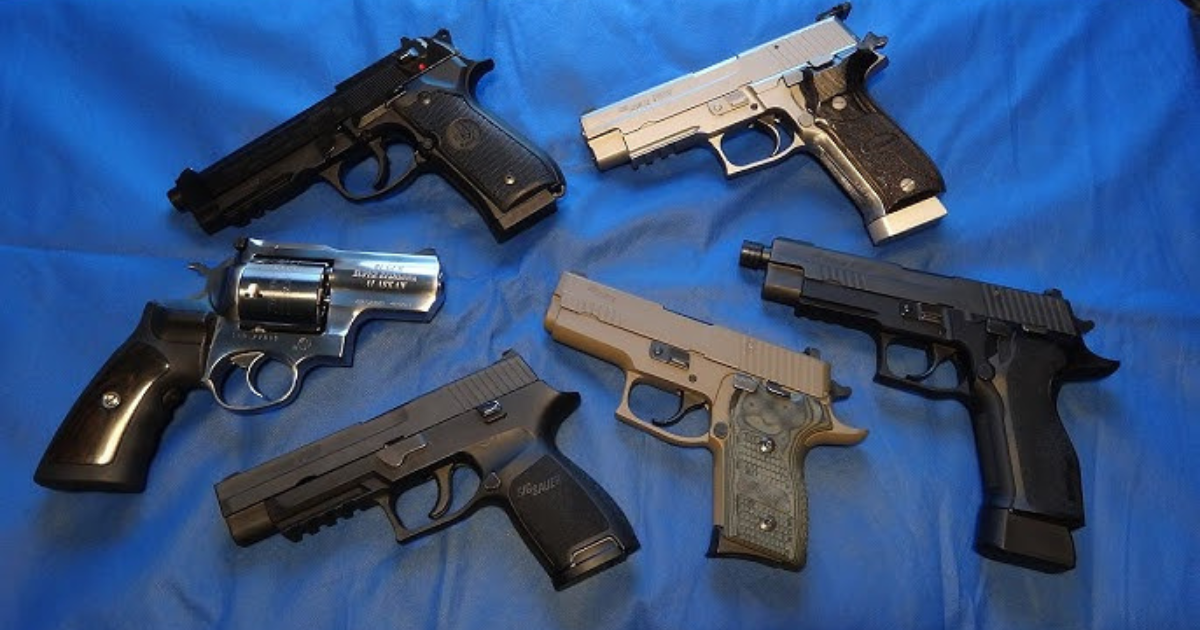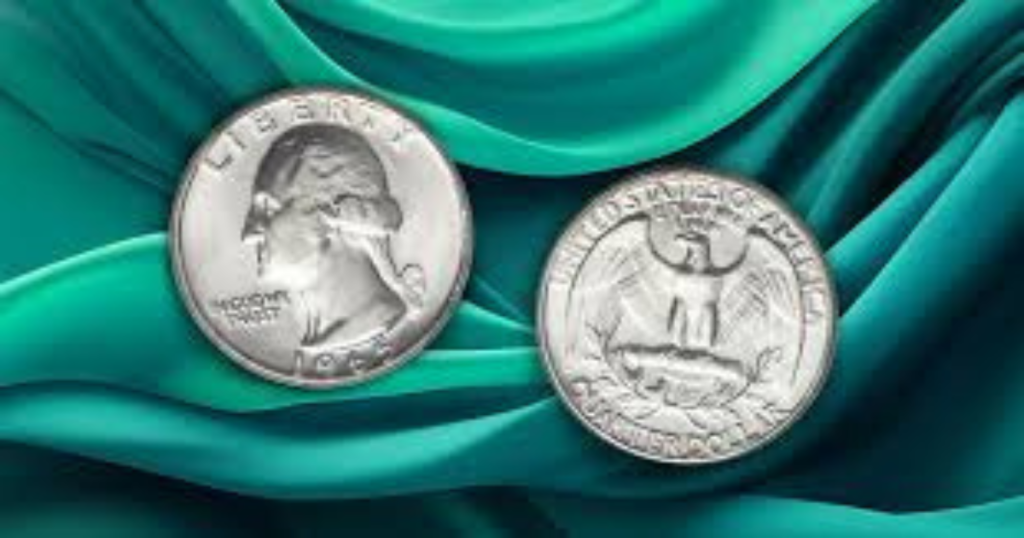Quarters are one of the most common types of coins in circulation in the United States, but did you know that some quarters were once made from silver? If you’re a coin collector or just curious about these unique coins, you might wonder what year quarters are silver and why this change happened. This blog will explore the history of silver quarters, how to identify them, and why they hold such value for collectors today.
A Brief History Of Silver Quarters
Before 1965, quarters in the United States they contained a significant amount of silver. Specifically, from 1932 to 1964, U.S. quarters were made of 90% silver and 10% copper. These silver quarters are often referred to as “junk silver” today, but their name can be misleading. Though they might not be worth much more than their melt value in terms of their silver content, many collectors seek them out for their historical value.
The decision to make quarters out of silver was due to the availability and value of the metal at the time. Silver was a relatively common material, and it made sense to use it in coins. However, as the demand for silver increased, its value also went up, and the U.S. Mint had to consider alternatives.
The Shift Away from Silver (1965 and Beyond)
In 1965, a significant change happened. The Coinage Act of 1965 was passed, and the U.S. Mint stopped making quarters (and other coins like dimes and half dollars) with silver. Instead, quarters were made from a mixture of copper and nickel. The new composition for quarters is 91.67% copper and 8.33% nickel, a shift aimed at reducing production costs and addressing the rising price of silver.
This change was a result of several factors:
- Increasing silver prices: By the early 1960s, silver prices were rising, making it more expensive to produce coins using silver.
- Supply shortages: There were concerns about a potential shortage of silver, which further motivated the switch to more readily available materials.
- Technological advancements: New ways of producing coins allowed for the use of metals like copper and nickel without sacrificing the durability of the coins.
Identifying Silver Quarters
If you want to know whether a quarter contains silver, the easiest way is to check the date. Quarters dated 1964 or earlier are made of 90% silver. So, if you find a quarter from 1932 to 1964, you’ve got yourself a silver quarter! However, that’s not the only way to identify a silver quarter.
Here are some other ways to tell:
- Color and edge: Silver quarters have a distinctive look. The edges of a silver quarter will be solid silver in colour, without the copper-coloured stripe you see on modern quarters.
- Sound: When dropped on a hard surface, silver quarters produce a higher-pitched, ringing sound compared to modern quarters, which tend to have a duller thud.
- Weight: Silver quarters weigh more than quarters made from copper and nickel. A silver quarter weighs about 6.25 grams, while a modern quarter weighs 5.67 grams.
Unique Silver Quarters After 1964
While 1964 was the last year silver quarters were produced for general circulation, there have been some special releases since then. The U.S. Mint has issued silver quarters as part of particular collector’s sets. These sets are typically released as part of commemorative programs, and the quarters are made with 90% silver, just like pre-1965 coins.
Some of the critical programs where silver quarters have been produced include:
- Bicentennial Quarters (1976): To celebrate the 200th anniversary of American independence, special Bicentennial quarters were minted in both regular and 40% silver versions. These silver Bicentennial quarters were part of unique sets and weren’t issued for everyday circulation.
- State Quarters (1999-2008): The popular State Quarters series, which honoured each of the 50 states, included silver versions sold in proof sets for collectors.
- America the Beautiful Quarters (2010-2021): Like the State Quarters, America the Beautiful series also featured unique 90% silver versions in collector’s sets.
Why Are Silver Quarters Valuable?
Silver quarters are highly sought after by both coin collectors and people looking to invest in precious metals. Their value depends on several factors, including:
- Silver content: Even if the quarter is worn or damaged, its silver content gives it a base value. As of now, silver prices fluctuate, but a single silver quarter could be worth several dollars just for the metal alone.
- Historical significance: Quarters from specific years or those in excellent condition might be worth more to collectors. For example, a 1932 silver quarter in mint condition could fetch a premium price due to its rarity and significance as the first year the Washington quarter was minted.
- Collectibility: Some collectors seek out entire sets of silver quarters, particularly from critical years or specific mints. Quarters with certain mint marks, like those from the Denver (D) or San Francisco (S) mints, may carry additional value.
How to Collect Silver Quarters
If you’re interested in collecting silver quarters, there are a few ways to start:
- Check your change: While it’s rare to find a silver quarter in circulation today, it’s not impossible! Sometimes, people will unknowingly spend older quarters without realising their value.
- Visit coin shops or shows: Many coin shops and collectors’ shows offer silver quarters for sale. These places can be great for finding specific years or mint marks you’re looking for.
- Online marketplaces: Websites like eBay or specialised coin-collecting platforms often have silver quarters for sale. Be sure to buy from reputable sellers and check the coin’s condition before purchasing.
- Buy proof or mint sets: If you’re looking for modern silver quarters, purchasing a set directly from the U.S. Mint or a trusted coin dealer can be a good option.
Conclusion
Silver quarters hold a special place in U.S. history and are valued for their silver content and collectibility. Quarters minted before 1965 contain 90% silver, making them a treasure for both coin enthusiasts and investors. While modern quarters no longer contain silver, special commemorative silver quarters have been issued, keeping the legacy of silver coins alive. Whether you’re just starting your collection or already have a few, silver quarters are a fascinating part of American coinage.






